India and China
It chronicles the researches of Prof. Raghu Vira, Prof. Lokesh Chandra and their colleagues on the cultural interactions between India and China for the last two thousand years. Philosophy, ritual, painting, sculptures, political concepts etc that evolved in China from the Buddhist world view have been detailed. The expediton of Prof. Raghu Vira to China in 1955 at the invitation of Premier Chou Enlai has been described at length for the first time. Sanskrit inscriptions in China, the bone-relics of the Buddha from the Famen monastery and the extraordinary charm of new Buddhist icons in Taiwan form the fourth chapter. National values in the storm of modernity (ch.6) overcome the cultural nihilism of the Maoist period. The Pinyin romanisation replaced the barbarian (=European) systems. Sanskrit music in the album Alive sold two million copies. The text chapter on culture is power reveals China's brilliant strategy of harmonisation of modernity and national identity. The conservation of two million treasures in the Imperial Palace at Beijing are a part of rebuild the nation, as China vows no western values in universities. Creation of modern Chinese expressions like mini-chun for miniskirt means charm you skirt, Buddhist art, sutras, historical works, the silence of roots and the stunning groundswell of todays run in this narrative of 500 pages, as the Five Hundred Lohans (Arhats) cast their benign gaze.
Get it now and save 10%
BECOME A MEMBER
-
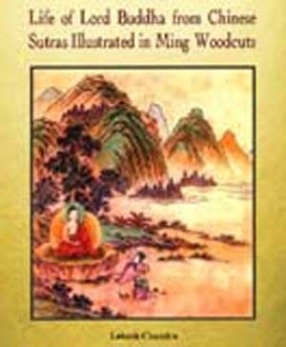
Life of Lord Buddha: Compiled by Monk Pao-Ch' Eng from Chinese Sutras and Illustrated in Woodcuts in the Ming Period
-
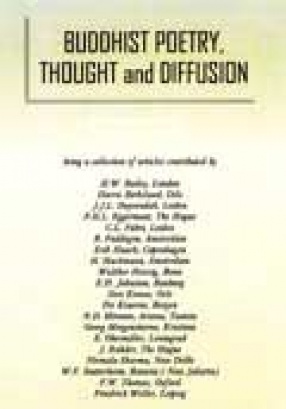
Buddhist Poetry, Thought and Diffusion (In 2 Volumes)
-
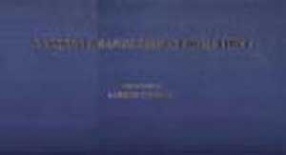
Sanskrit Manuscripts from Tibet; (1) Vimalaprabha Commentary on the Kalacakra-Tantra, and (2) Pancaraksa
-
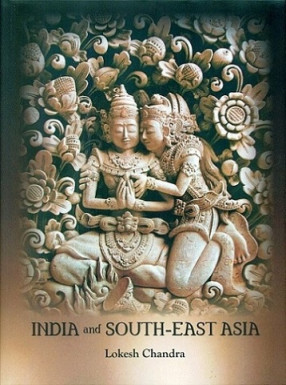
India and South-East Asia

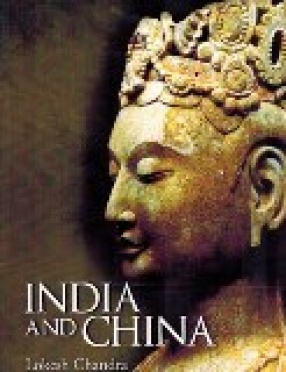
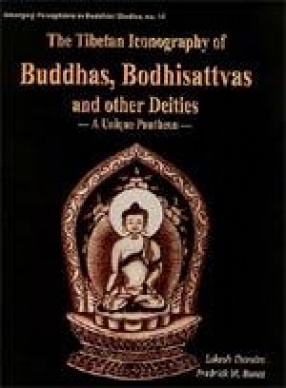
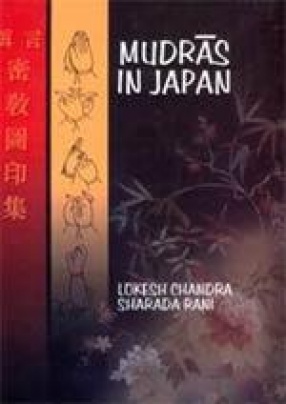
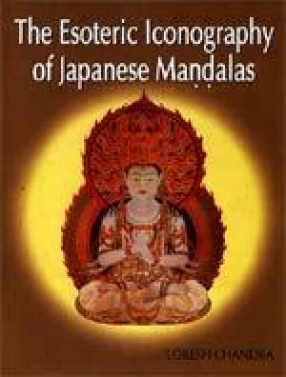

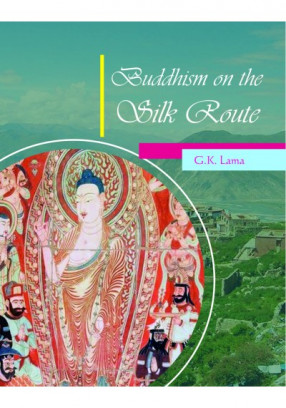
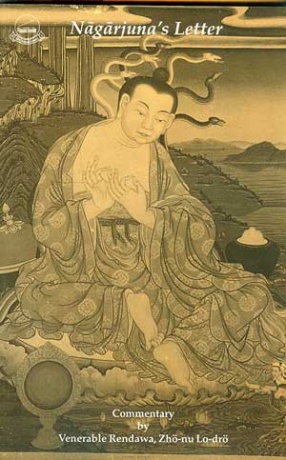
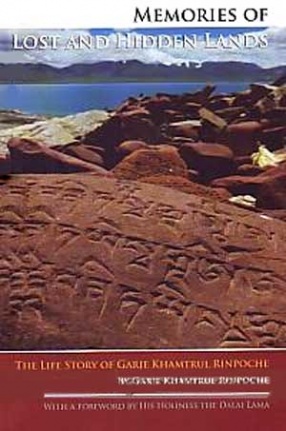
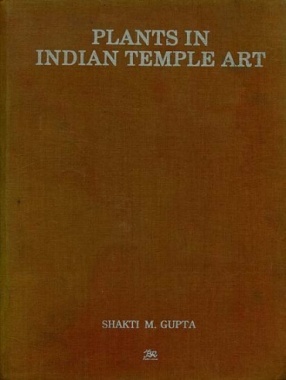

Bibliographic information